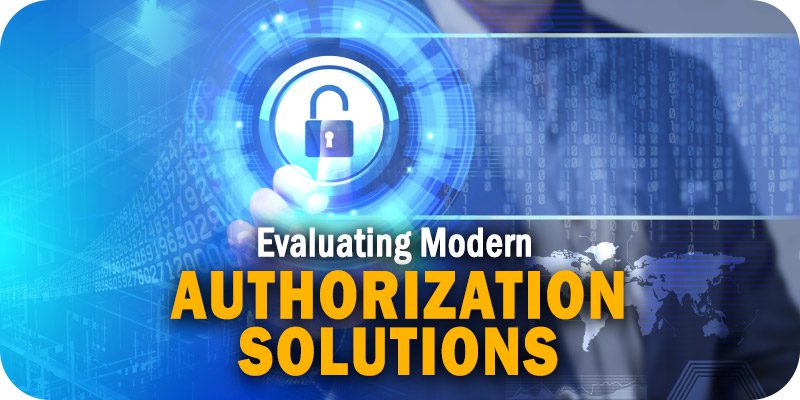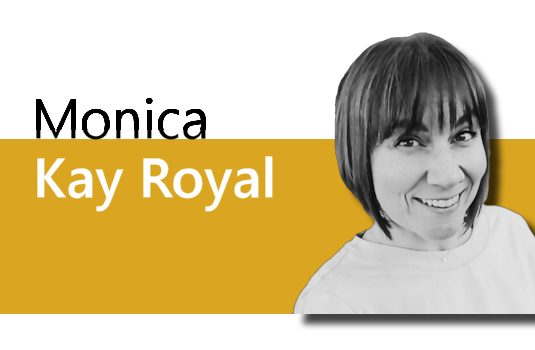From Castles to Cities: Evaluating Modern Authorization Solutions


Solutions Review’s Expert Insights Series is a collection of contributed articles written by industry experts in enterprise software categories. Mickey Martin of PlainID builds out an approach to evaluating modern authorization solutions, as enterprises expand from castles to cities.
 The evolution of digitization is driving organizations toward Zero Trust models. With a highly distributed and often complex workforce, organizations have heightened their concern about the future of securing digital assets. As a result, the private sector is adopting new technologies to address ongoing security threats in complex environments. Now, more than ever, we’re seeing organizations adopt emerging technologies to manage the accessibility of assets at a scale that addresses different user environments, data structures, and the ongoing relationships between user identities and digital assets. While the onset of Zero Trust came about when enterprises focused on network security, the paradigm has shifted significantly in the past decade.
The evolution of digitization is driving organizations toward Zero Trust models. With a highly distributed and often complex workforce, organizations have heightened their concern about the future of securing digital assets. As a result, the private sector is adopting new technologies to address ongoing security threats in complex environments. Now, more than ever, we’re seeing organizations adopt emerging technologies to manage the accessibility of assets at a scale that addresses different user environments, data structures, and the ongoing relationships between user identities and digital assets. While the onset of Zero Trust came about when enterprises focused on network security, the paradigm has shifted significantly in the past decade.
Zero Trust has become a relevant part of securing infrastructure and data. This security framework requires internal and external users; to be authenticated, authorized, and continuously validated for security posture before being granted access to existing assets. Even with protection at the network perimeter, the Zero Trust model emphasizes the need for increased security at every point of the user journey. Previous tools such as siloed identity, application delivery, and protection mechanisms have obscured significant growth and profitability opportunities. Some fear adopting rigid security models will return the same outcome; however, with the right tools that ensure flexibility and agility for adapting to business changes, modern-day authorization solutions can result in increased productivity and growth opportunities.
Widget not in any sidebars
Evaluating Modern Authorization Solutions
To realize a modern authorization solution’s full potential, organizations must evaluate and consider all aspects of each model to effectively design and implement the right solutions. When seeking a modern authorization solution, there are five aspects to consider:
Externalized Authorization
Living in a dynamic data-driven environment requires organizations to be more responsive. Authorization enables parties to define and enforce who has access to digital assets and how users can interact with them. The use of traditional authorization methods is often connected with applications, making it time-consuming to manage, upgrade, or re-configure access policies. Using externalized authorization management, users can externalize access control decisions decentralized from the application while drawing parameters and risk signals from multiple sources of information.
This allows for the following:
- Improved Agility and Security: Under this premise, authorization and access rights to digital assets are granted in real-time based on user, data, and environmental attributes – making the process quicker, agile, and more secure.
- A More Streamlined Process: Externalized authorization allows for the management of permissions of multiple systems to be streamlined into a unified and business-friendly process allowing for reduced administrative burden.
- Shared Building Blocks: Apply and share consistent access controls across the technology stack (i.e., applications, API gateways, microservices, and data layers)to ensure efficiency and reduced costs.
Centralized Management and Control
Authorization has become a broader tool for supporting business decision-making and processes. It requires aligning business decisions with security requirements to establish engagement with technical and non-technical users and, in turn, provide organizations with the ability to align different stakeholders with a business.
With the creation of a decentralized workforce, organizations are more susceptible to security breaches and user impersonation. Centralized management of access policies provides security and business teams with visibility of how users access digital information. This allows organizations to have tighter control over sensitive information, especially concerning third parties external to the enterprise.
Distributed Enforcement
The use of distributed enforcement aims to extend access policies to better secure endpoints and accelerate business decisions for teams that rely on different sources for data projects. As enterprises continue to scale, so do their systems and their complexity. Distributed enforcement of access enables enterprises to scale authorization alongside the growth of their data and technology stack and apply more effective controls to address data privacy and compliance. The amount of data will only continue to grow. Thus, it is critical for enterprises to maintain a proactive approach to data access control where data monetization and productization become more commonplace for revenue generation.
Recognizing the Drivers of Modern Authorization
As organizations continue to modernize their application systems, the ability to control who has access to sensitive information has become more complex. Securing and facilitating the connection between identities and digital assets becomes integral to business success. The emergence of modern authorization is driven by enterprises with digital transformation and Zero Trust architectures. As a result, organizations need agility with their application rollout and ensure the process doesn’t impede user satisfaction.
With organizations experiencing increased vulnerabilities as volumes of data are being left, and security teams lack visibility into how data teams and relevant systems attain access to sensitive data, it becomes imperative for organizations to begin realizing modern authorization’s importance.
Deployment Options
Authorization addresses the business and technology needs of the modern day without leaving legacy applications behind. Current tools such as ‘rip and replace’ have become less feasible for many enterprises. Therefore, organizations are turning to modern access control tools as they can be deployed in diverse and complex environments. This can include hybrid cloud, cloud-native and existing-on-premise infrastructure. The ability to be deployed across various environments will impact how fast a product can respond to changes in requirements set and the quality of each change, ultimately satisfying the ever-changing security needs of businesses and their consumers.
From Castles to Cities
As the corporate world has become increasingly complex, the boundaries that used to protect us, ‘the castle,’ have become problematic. The guards who used to protect us have become deficient in protecting assets against new threats. We are now in ‘corporate cities’ with open trade routes. Where assets are widely distributed from downtown, through suburbs, and to other cities. Ultimately validating the need for modern authorization technology- Never trust, always verify. With these considerations in mind, organizations can learn to effectively design and implement a critical layer of security with authorization to better protect digital assets and their users.
An organization’s commitment to modern authorization solutions can achieve long-term productivity and mitigate security risks. A platform that externalizes authorization equips organizations with centralized management suited for greater visibility, stronger hold, and ease of policy authoring and policy lifecycle of the end-to-end passage of user access to data. Organizations can build distinct and apparent security measures within their business infrastructure and eliminate risks by utilizing modern authorization. By going far beyond traditional authorization ideals, they can deliver flexibility in deployment while supporting business innovation and growth.
Widget not in any sidebars



















